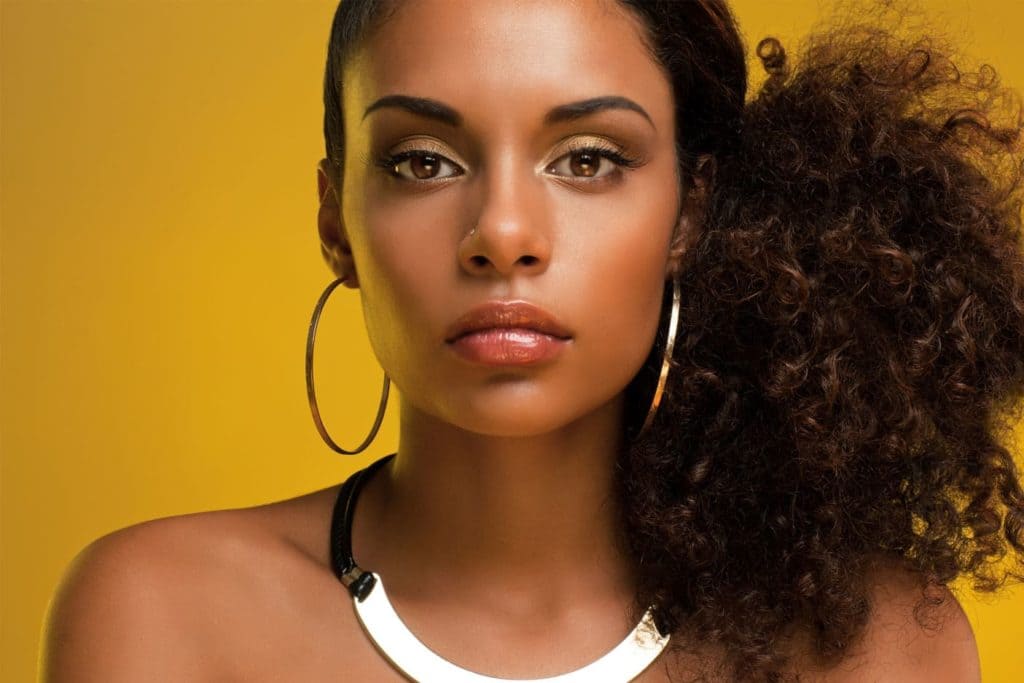From the first introduction of the camera in 1840, the portrait photography world has changed drastically.
Kodak arrived on the scene in 1888. They quickly became the ruling authority when it came to all things photography. Issues in film processing nearly eliminated opportunities for deeper skin tones to be captured in a the right fashion.
The revolutionary age of fashion, products, and services for people of color spiked in the 1960’s. The result was portrait photographers and manufacturers were pushed to find ways of portraying natural hair and deep skin tones in a new way.
Natural hair in its unashamed glory is making a brilliant comeback to mainstream fashion. The photography industry is pivoting again to meet the needs of models of color.
The movement to highlight natural hair in the media space challenges the European standard of beauty. It’s dominated images, fashion, and media since photography was invented.
Capturing the deep beauty of textured hair in portrait photography does require a few additional considerations that will bring out the essence of natural hair in every photo.

